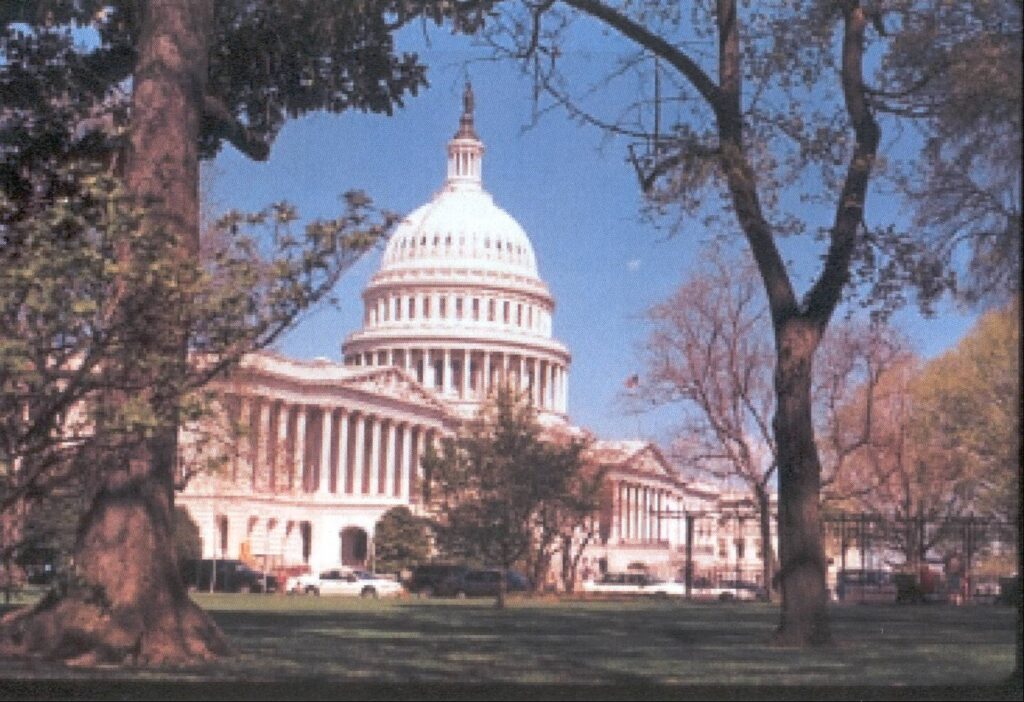I often assert that the international phytosanitary system has proven to be a failure in preventing introductions.
Some of the recent publications support my conclusion – although most don’t say so explicitly. For example, the Fenn-Moltu et al. (2023) study of insect transport and establishment around the world found that the number of invasive species-related treaties, regulations and legislation a country has adopted had no significant effect on either the number of insect species detected at that country’s border or the number of insect species that established in that country’s ecosystems..
Weber et al. also found considerable evidence that international and U.S. phytosanitary systems are not curtailing introduction of insects and entomophagic pathogens. In my earlier blog I review their study of unintentional “self-introductions” of natural enemies of arthropod pests and invasive plants. They conclude that these “self-introductions” might exceed the number of species introduced intentionally. These introductions have been facilitated by the usual factors: the general surge in international trade; lack of surveillance for species that are not associated with live plants or animals; inability to detect or intercept microorganisms; huge invasive host populations that allow rapid establishment of their accidentally introduced natural enemies; and lack of aggressive screening for pests already established. Examples cited include species introduced to the United States’ mainland and Hawai`i specifically.

As I point out often, altering human activities that facilitate invasion is a political process. So is amending international agreements that are not effective. We need to determine the cause of the failures of the existing institutions and act to rectify them. See my critiques of both the American and international phytosanitary system Fading Forests II and Fading Forests III (see links at the end of this blog) and my earlier blogs, especially this and this.
SOURCES
Fenn-Moltu, G., S. Ollier, O.K. Bates, A.M. Liebhold, H.F. Nahrung, D.S. Pureswaran, T. Yamanaka, C. Bertelsmeier. 2023. Global flows of insect transport and establishment: The role of biogeography, trade and regulations. Diversity and Distributions DOI: 10.1111/ddi.13772
Weber, D.C., A.E. Hajek, K.A. Hoelmer, U. Schaffner, P.G. Mason, R. Stouthamer, E.J. Talamas, M. Buffington, M.S. Hoddle and T. Haye. 2020. Unintentional Biological Control. Chapter for USDA Agriculture ResearchService. Invasive Insect biocontrol and Behavior Laboratory. https://www.ars.usda.gov/research/publications/?seqNo115=362852
Posted by Faith Campbell
We welcome comments that supplement or correct factual information, suggest new approaches, or promote thoughtful consideration. We post comments that disagree with us — but not those we judge to be not civil or inflammatory.
For a detailed discussion of the policies and practices that have allowed these pests to enter and spread – and that do not promote effective restoration strategies – review the Fading Forests report at http://treeimprovement.utk.edu/FadingForests.htm
or
